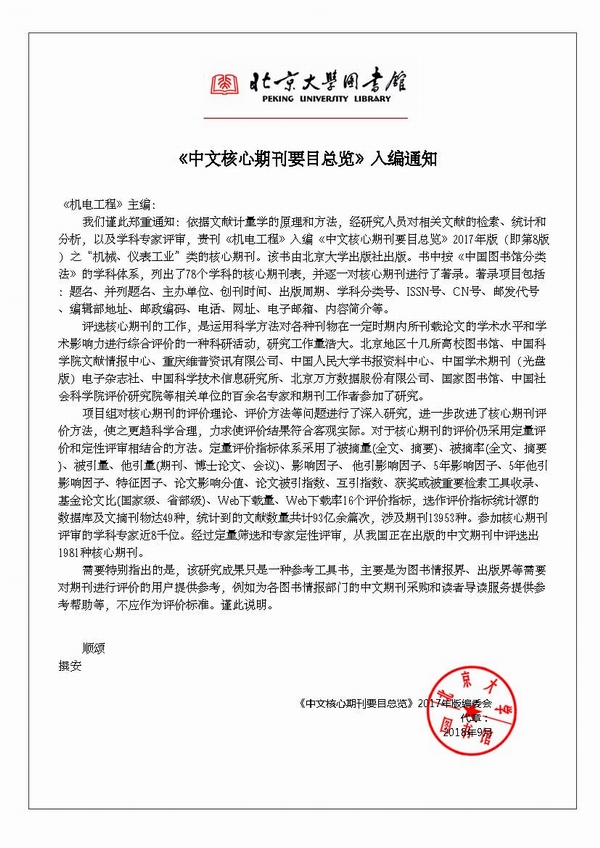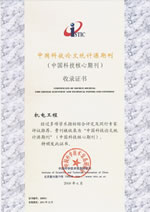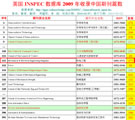
Founded in 1971 >
Chinese Sci-tech Core Periodicals >
British Science Abstracts (SA, INSPEC) Indexed Journals >
United States, Cambridge Scientific Abstract: Technology (CSA: T) Indexed Journals >
United States, Ulrich's Periodicals Directory(UPD)Indexed Journals >
United States, Cambridge Scientific Abstract: Natural Science (CSA: NS) Indexed Journals >
Poland ,Index of Copernicus(IC) Indexed Journals >
International Standard Serial Number:
ISSN 1001-4551
Sponsor:
Zhejiang University;
Zhejiang Machinery and Electrical Group
Edited by:
Editorial of Journal of Mechanical & Electrical Engineering
Chief Editor:
ZHAO Qun
Vice Chief Editor:
TANG ren-zhong,
LUO Xiang-yang
Tel:
86-571-87041360,87239525
Fax:
86-571-87239571
Add:
No.9 Gaoguannong,Daxue Road,Hangzhou,China
P.C:
310009
E-mail:
meem_contribute@163.com
Abstract: In the traditional fault diagnosis methods, it was often necessary to obtain the characteristics of the original vibration signal based on a priori knowledge and input it into the intelligent classifier for pattern recognition; it was easy to lose information and the judgment based on human experience was not accurate enough, aiming at the problem, an intelligent fault diagnosis model based on fast Fourier transform (FFT) and popular learning was proposed. Firstly, FFT transform was used to convert the original data from time domain to frequency domain to obtain high-dimensional feature data. Then, three manifold learning algorithms: multi-dimensional scaling (MDS), kernel principal component analysis (KPCA), and linear local tangent space arrangement algorithm (LLTSA), were used to obtain informative lowdimensional representations. Finally,based on the fault diagnosis test platform system, the working data information of bearing and gear was obtained and processed, and the data samples were input into the intelligent classifier for training and testing. The research results show that the FFT dimension reduction transform can effectively reduce the sample attenuation caused by human selection factors, the nearest neighbor estimation algorithm improves the test accuracy of the intelligent classifier, and the intelligent classification model based on FFT and popular learning can identify more than 80% of the state data, among which the highest recognition rate of the FFT+LLTSA joint intelligent classification model can reach more than 87%, which shows the effectiveness of the classification model in the fault detection of mechanical transmission systems.
Key words: mechanical transmission system;fast Fourier transform(FFT); manifold learning; linear local tangent space arrangement algorithm (LLTSA);intelligent classification








